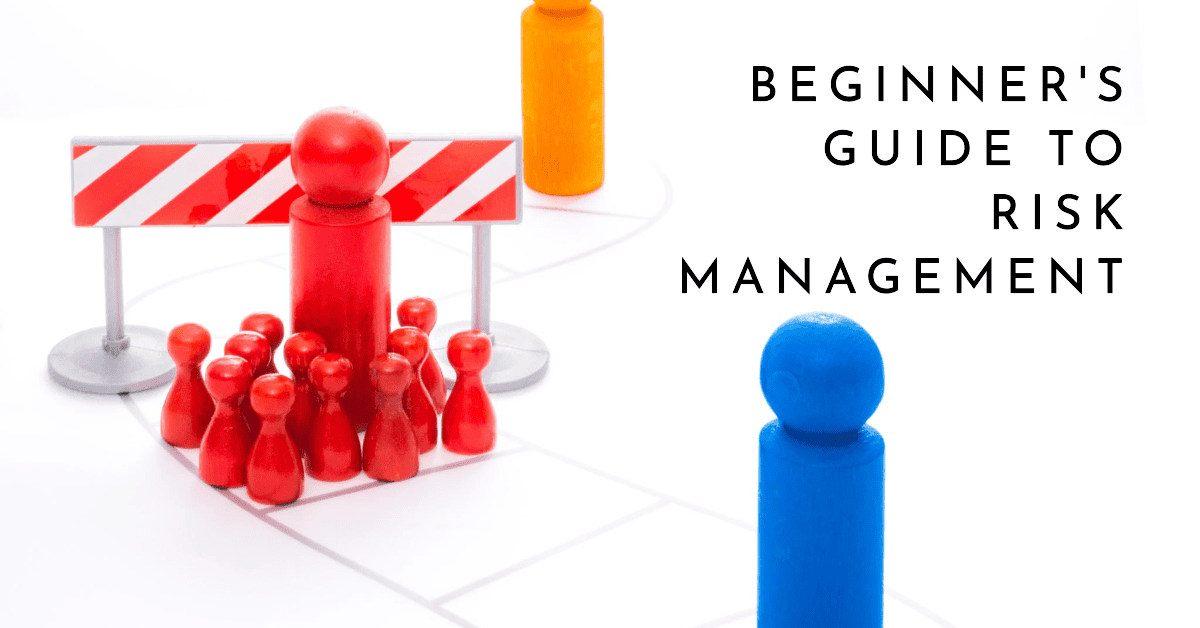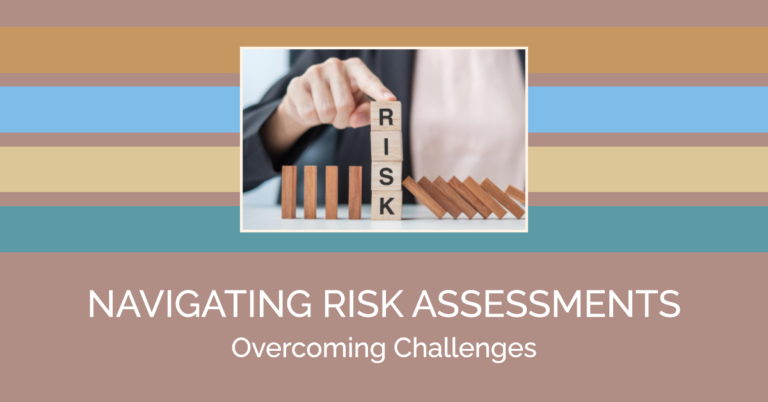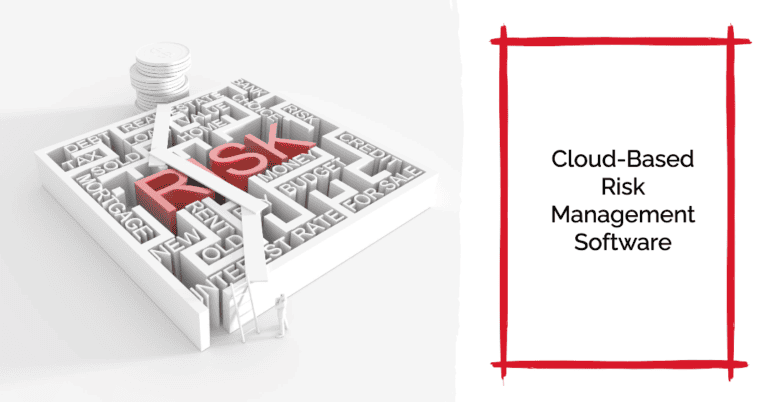Risk management is at the forefront of everything we do, from starting a new business, buying stocks, and letting out a flat to getting a promotion. Risk management is at the core of everyone’s learning to deal with issues like these. If you are new to any of these things, understanding and managing risk could be the difference between success and failure.
This guide will take you from the basics, answer critical questions, and lead you to success.
Understanding Risk
First, we need to figure out what risk means.
Risk can take different forms, and each carries differing implications and challenges. There are financial risks, such as market risk (for example, fluctuations in equity prices), credit risk (the risk of default), and foreign exchange risk (the risk stemming from fluctuations in currency exchange rates). There are operational risks (from internal processes, systems or people) and strategic risks (external events that may affect long-term objectives).
Weighing these risks, in other words, demands that we assess what threats they pose and their respective probabilities. This way, those beginning can identify and consider risks, opening a fresh opportunity to confront them rather than saying: ‘I did not expect it would be like this!’
Risk Tolerance
Risk tolerance relates to your willingness and ability to expose yourself to ride out the highs and lows of your investments or venture.
Understanding your risk tolerance is critical because it’s the first step in developing a defence against the undue consequences of damaging business risks. Age, financial resources, and goals are considerations when determining risk tolerance.
For example, young people will have a generally longer time horizon, so they can afford to be more risk-tolerant and have time to recover any losses. People approaching retirement might be more risk-averse, especially if market volatility could affect their nest egg.
Risk Control and Mitigation Strategies
Having established your risk tolerance, the next step is undertaking measures to control and mitigate risk.
That starts with diversification, the overarching strategy of spreading investments across asset classes, products, services, and industries. Smart diversification reduces the chances of disasters affecting your overall result.
Insurance and hedging are other risk-mitigation tools that novices can use to protect against potential events. Insurance covers you against loss or harm from casualty, illness or natural disasters. If something happens to you, your family, or your business, you are covered; you can cover some or all of your costs if an incident occurs. Hedging involves placing a bet to protect against any downside you could experience from your investment. When you hedge your bet, you sign a contract with entities to compensate you against losses you might incur in your investment. A classic hedging strategy might involve buying a quantity of stock that would expose you to possible losses in your investment.

Developing a Risk Management Plan
With a solid risk and risk-tolerance analysis, a novice can now turn to building a risk management plan.
The more successful amongst us are likely to embrace risk as an opportunity and use it as a basis to craft bold missions and goals. The plan might include identifying the mission and objectives, pinpointing potential risks, and spelling out strategies to control, mitigate and monitor those risks over time.
Goal-setting can act as a compass to guide your thinking and decision-making on risk, ensuring that you maximise the potential of the things you care about and your resources. Identifying risks involves looking at those factors, inside and outside your organisation, that could threaten your objectives.
Implementing risk-management techniques should reflect your plan, whether meeting your targets, buying the insurance or hedges you had in mind, or other tools that fit your needs and situation.
Finally, periodically monitoring and reviewing your risk-management plan will ensure you modify your plan when market conditions or circumstances change.
Final Thoughts
Risk management is a powerful and necessary skill for all, regardless of what they’re starting or diving into.
By understanding the different types of risk, assessing your own risk tolerance, establishing good risk control and mitigation strategies and creating a robust risk management plan, you will always have a good chance of navigating through the fog, achieving your goals, and doing it with less stress and greater resilience.






